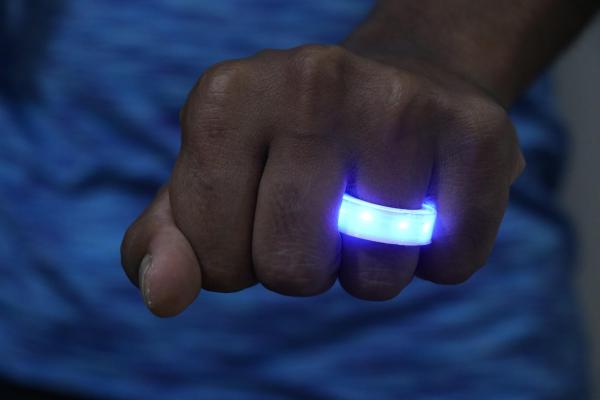Last year, we’ve featured a super cheap smart ring – BLE, accelerometer, heart sensor, and a battery, all in a tiny package that fits on your finger. Back when we covered it, we expected either reverse-engineering of stock firmware, or development of a custom firmware outright. Now, you might be overjoyed to learn that [Wesley Ellis] has written a Python client for the ring’s stock firmware.
Thanks to lack of any encryption whatsoever, you can simply collect the data from your ring, no pairing necessary, and [Wesley]’s work takes care of the tricky bits. So, if you want to start collecting data from this ring right now, integrate it into anything you want, such as your smart home or exoskeleton project, this client is enough. A few firmware secrets remain – for instance, the specific way that the ring keep track of day phases, or SPO2 intricacies. But there’s certainly enough here for you to get started with.
This program will work as long as your ring uses the QRing app – should be easy to check right in the store listing. Want to pick up the mantle and crack open the few remaining secrets? Everything is open-source, and there’s a notepad that follows the OG reverse-engineering journey, too. If you need a reminder on what this ring is cool for, here’s our original article on it.


















